What is a pop-up shop? Everything you need to know to try short-term retail > How to set up a pop-up shop in 6 stages. Set yourself up for success with this handy checklist > How to Choose The Best Destination For Your Next Pop-Up Store? > How to use pop-up shops to nurture existing customer relationships? > How do you attract your online customers to shop offline using pop-up stores? > How To Bring Your E-Commerce Brand To Life With Pop-up Stores
Brands both big and small are joining the temporary retail bandwagon. According to Independent Retailer data, pop-up shops process $50 billion in sales every year.
As omnichannel sales become increasingly important, more e-commerce brands see the significance of creating in-person brand experiences for their customers. So how do you make sure that your brand identity translates to your pop-up store? How do you translate that online brand into an offline experience? Don’t sweat it — we’ve done the legwork to make your transition from clicks to bricks as simple as possible.
Setting up a pop-up store for your e-commerce brand can give it a competitive edge and attract new customers. From helping you establish a physical presence to increasing brand awareness, pop-up stores are a great way to boost your business. In this blog post, we’ll explore the benefits of setting up a pop-up store and how to make the most of this unique opportunity.
Introduction to the Benefits of Setting Up a Pop-Up Store for e-commerce brands
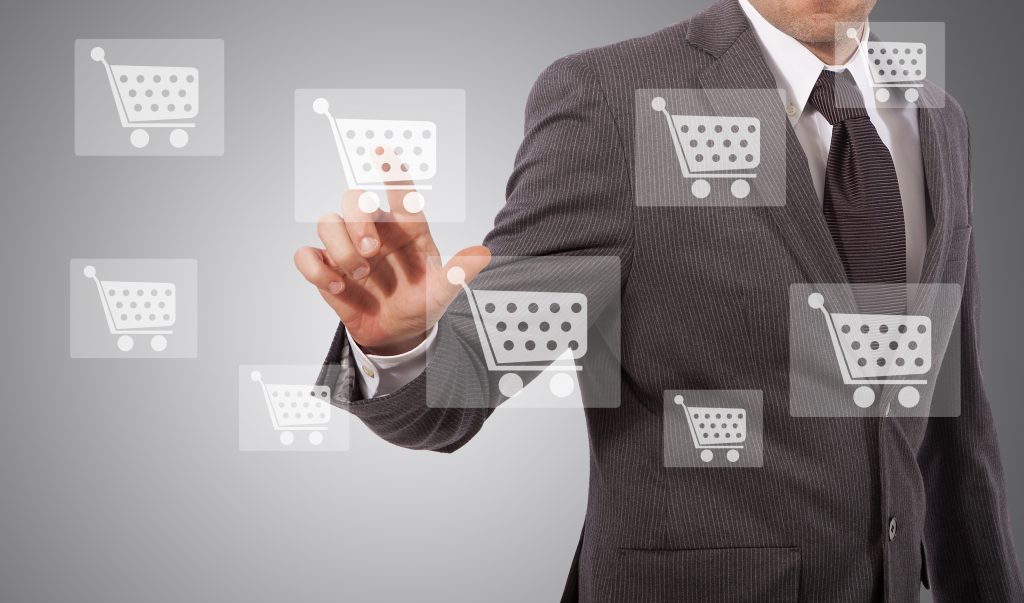
The emergence of e-commerce brands has changed the way the retail world operates, but now an innovative trend is shaking up the industry – pop-up stores! Pop-up stores are providing e-commerce brands with a unique opportunity to gain visibility and interact directly with their customers. This direct feedback can help online retailers better understand their consumers’ needs and expectations, allowing them to hone in on what exactly drives purchasing decisions.
This information allows businesses to optimize their marketing and product offerings to boost sales. Pop-ups are proving to be valuable tools for increasing customer engagement and brand recognition, giving e-commerce brands unprecedented access to a target audience they could only have dreamed of before!
As more and more e-commerce brands are turning to physical pop-up stores, it’s clear that this trend is here to stay. Pop-up stores offer a unique opportunity to engage customers in an immersive shopping experience that simply isn’t available online – leading to increased brand loyalty and sales. By leveraging the popularity of the pop-up trend, retailers can generate buzz around their products while creating memorable experiences for customers.
Besides the benefits of creating a unique customer experience, pop-up stores can be used to test innovative ideas and products without making a long-term commitment or investment. This transition from online to offline has become increasingly popular within today’s e-commerce brands and continues bringing more customers into their physical stores.
Cost Efficiency
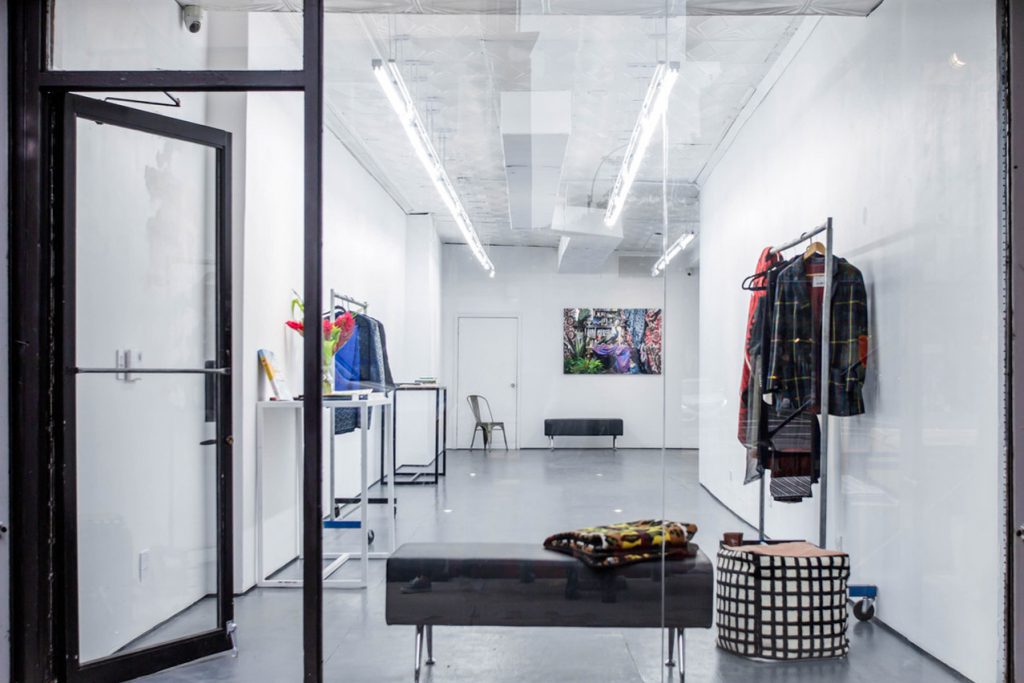
E-commerce brands that have been selling products exclusively online are increasingly turning to pop-up stores to add a physical edge to their business. Pop-ups offer the chance to try out a new market or location without having to commit long-term and, instead, pay rent on a short-term basis. This can be hugely beneficial for businesses as it allows them flexibility and encourages people worldwide to experience their products firsthand. It also gives customers a greater connection with these brands, which could lead to increased loyalty in the future.
E-commerce brands are shaking things up by opening physical pop-up stores. Not only does this provide an opportunity for customers to get a firsthand look at their favorite products before buying, but it also allows them to reach a wider consumer base and engage directly with their potential customers. It’s no wonder why e-commerce brands are beginning to experiment with the idea of owning a physical store as they continue to dominate the online shopping environment!
In conclusion, e-commerce brands opening physical pop-up stores can be a very viable strategy to increase revenue while minimizing the expense and risk involved. Additionally, brands can benefit from the low overhead costs associated with setting up a pop-up shop, as they don’t need to purchase expensive fixtures and branding materials. This makes it possible for smaller businesses to take advantage of this tactic that was once only available to larger companies with more money at their disposal.
Increased Visibility
With the rise of e-commerce, physical pop-up stores are the new trend in retail. These stores allow brands to reach a wider audience by being seen in different parts of a city or country. It’s an eye-catching way for e-commerce brands to diversify their marketing strategy and draw more attention to their products. By leveraging the benefits of physical pop-up stores, these companies can truly make an impact on customers that may have otherwise overlooked them online.
As e-commerce brands open physical pop-up stores, there’s a huge benefit of shoppers being able to experience a brand and its products in person. By transitioning from online to offline, retailers can make a real-life connection with their customers that, in turn, offer an enhanced customer experience. It also allows direct feedback between the brand and its loyal customers that simply cannot be replicated online.
Additionally, pop-up stores offer a unique aspect to e-commerce brands that can make all the difference in a saturated market. It provides them with an opportunity to test their products or services directly on their target market, before making the commitment for a full-scale launch of the product. Pop up stores are an effective tool to see how customers interact with and respond to the brand’s offerings, allowing companies to better understand what will work in their industry before investing time and money into launching new items.
Offer a Unique Shopping Experience
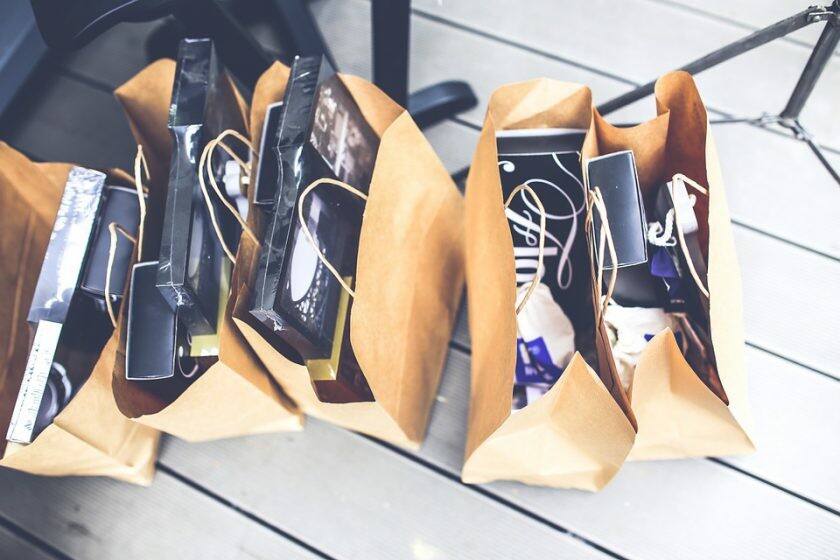
Pop-up stores provide a revolutionary way to shop! They perfectly blend the advantages of online shopping with the tangible appeal of visiting an actual store. These pop-ups offer customers a unique and dynamic retail experience and make the ‘online’ shopping journey come alive – something that would otherwise be missing from e-commerce brands. Look out for some of your favorite brands popping up near you soon – it’s worth experiencing!
E-commerce brands offer customers the convenience of shopping from home, but sometimes that can feel limiting when you’re searching for something special. Now, with physical pop-up stores, customers can explore and interact with products and staff members with an e-commerce brand before making a purchase. It’s becoming increasingly popular for online businesses to give customers a hands-on experience after having interacted with them solely on the web, allowing shoppers to find out unique insights about the brand that wouldn’t be available without a real-life interaction.
However, by opening physical temporary stores and providing potential customers with an immersive shopping experience, e-commerce brands can bridge the gap between online and offline shopping. This can help generate loyalty and trust from customers as they can make an informed decisions when buying products. Pop-up stores are a great way for e-commerce businesses to successfully transition from online to offline engagements.
Data Collection & Analysis
E-commerce brands are transitioning from online to offline, taking advantage of the valuable opportunities that physical pop-up stores provide. With this move comes access to key customer data such as contact information and purchase history – information not available in the traditional digital realm. So now, e-commerce brands have another avenue to tap into invaluable customer insights and engage with them more meaningfully!
E-commerce brands are taking a step further and opening physical pop-up stores to better their customer interaction and gain more personal insight. This data can be collected and then used to analyze customer behavior and preferences, allowing e-commerce brands to deliver more personalized product recommendations and tailor marketing campaigns to better meet the needs of their customers. So if you’re an avid e-shopper, it’s likely that you will soon experience the convenience of personalized shopping experiences just by visiting one of these innovative pop-up stores!
Moreover, opening physical pop-up stores for e-commerce brands is a great way to bridge the gap between online and offline shopping. Such a move combines the convenience of online shopping with tactile experiences that help customers truly understand the scale and range of products. This strategy not only enhances customer loyalty but also offers more opportunities for personalization and thereby creating a seamless customer experience.
Considerations for Setting Up a Pop-Up Store
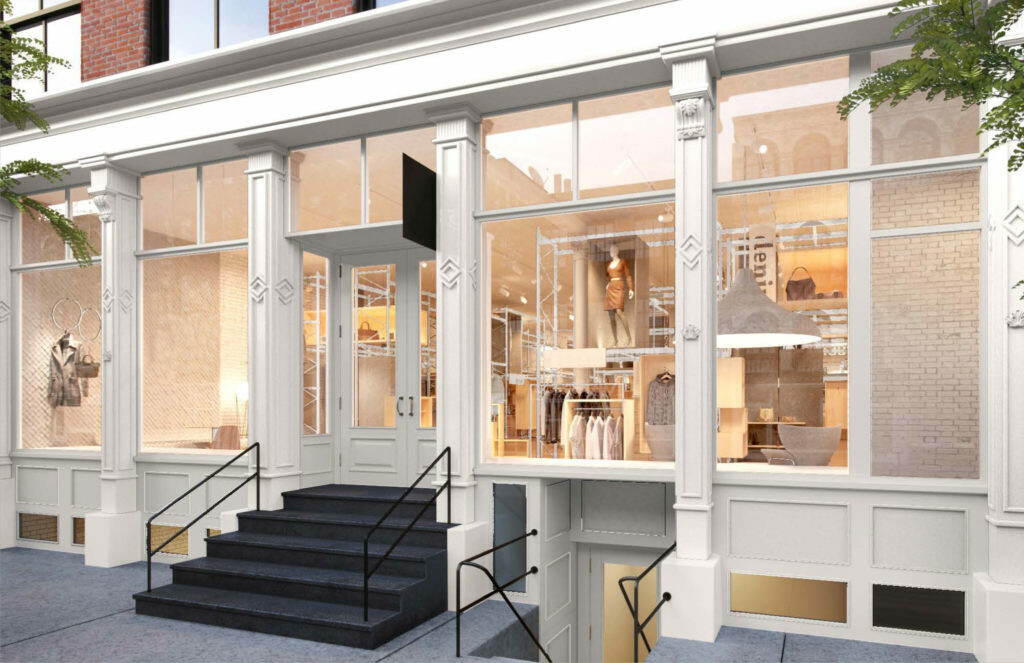
When it comes to e-commerce brands, physical pop-up stores are popping up in droves. While these retailers offer the opportunity to broaden their consumer base and reach new customers, finding the right physical location for your pop-up store is essential to maximize foot traffic – or else all that effort might be for naught. Savvy business owners will take their time in choosing the ideal spot that offers maximum exposure and convenience – after all, a well-positioned shop will ensure potential consumers can’t help but take notice.
When it comes to setting up a physical pop-up store for an e-commerce brand, there are a few key factors to keep in mind – and stock levels and staffing definitely top that list. After all, if you don’t have enough people on hand to help customers with their queries or assist them in their shopping journey, you’re likely going to leave the customer feeling frustrated – not something any business is aiming for! Regardless of which industry you operate in, understaffing can certainly lead to customer dissatisfaction.
Thus, physical pop-up stores are an excellent way to give customers a unique and memorable experience with your e-commerce brand. Strategically designing these retail stores to be interactive and engaging will help create customer loyalty which can result in returning customers and strong word-of-mouth advertising.
Investing in a Pop-Up Shop: Why Offline Experiences Matter
According to brand consultant Denise Lee Yohn in an interview with AdAge: “Customer experience is becoming more influential in shaping people’s expectations. It’s allowing the brand to say more about itself than just saying, ‘Here is this product.'”
So, online-only brands not only need to consider other sales channels (yes, like pop-up shops), but also look into how they can create a cohesive brand experience across all of them.
https://www.instagram.com/p/Be02twnhYV9/?taken-by=bowanddrape
Take e-commerce brand Bow & Drape. After growing a cult following on Instagram, this online brand took its sweatshirts and accessories – complete with memes and quips – offline. Just in time for the holidays, Bow & Drape hosted its own Nordstrom pop-in.
https://www.instagram.com/p/BP5OvfrgVzW/?tagged=casperpopup
Casper Mattresses is another online-to-offline brand that mounted a similar campaign in 2016. The brand cruised across North America, hosting pop-up “Snooze Rooms” to engage locals to test out their comfy mattresses in their own traveling bedroom, bringing their brand to life through these rooms.
Bringing Your Biz to Life Offline: Ideas to Brand Your Space
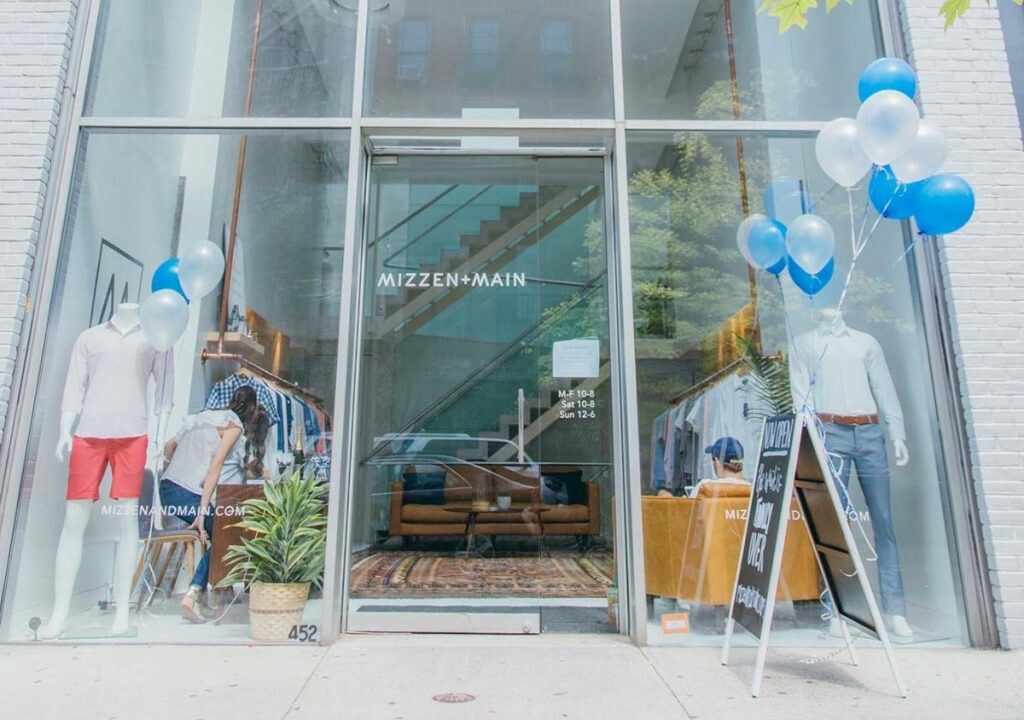
When making your first foray into offline, you need to make sure your pop-up reflects your brand. Essentially, your temporary storefront should be a physical extension of your website. Although the in-person shopping experience will inevitably be different (some might say better) for customers, it should still feel cohesive with that online shopping experience.
Fortunately, there are plenty of ways to make a physical space feel like your own.
1. Signage

From sandwich boards directing passersby to your storefront to the giant sign hanging above your door, you can signal your visual identity with branded signage and placards that match the visual aesthetic of your website.
Visual branding is a major cue for customers looking for familiar signs of your online brand. And there are plenty of signage options to pique customers’ interest and draw their eye to a particular display, including:
- Product tags
- Decals for windows and walls
- Sandwich boards to sit on sidewalks outside your shop
- Neon signs
During the planning process, start on the outside of your shop and work your way in. An exterior logo sign is a great first step. Ensure your logo is large enough to be visible from both sides of the street and clearly communicates your visual branding.
Inside your store, you can use signs, cards and placards to design a path for shoppers. You can also use these signs to draw their attention to featured products and displays.
Pro tip: Mimic the way your website is set up. If you have specific product categories, consider organizing your store in a similar manner so shoppers will have an easier time finding the products they want.
2. Lighting
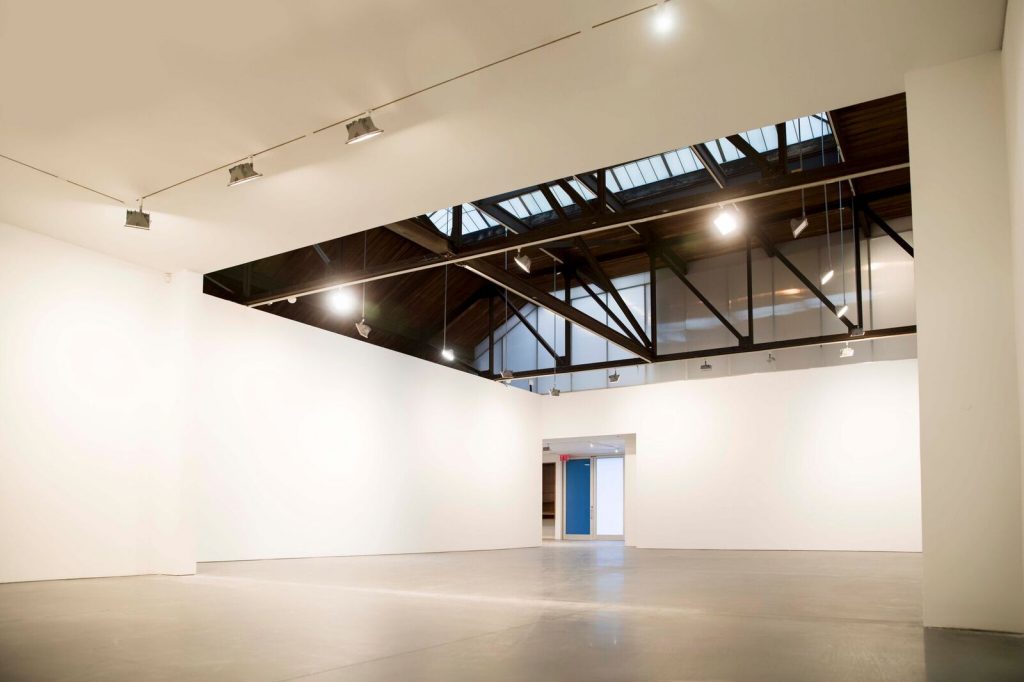
Although lighting is not a factor that immediately comes to mind when shopping in a store, it can serve as an integral way for brands to create a specific atmosphere in their pop-up shop.
For example, lighting a display from the top can create sharp shadows, whereas lighting it from the sides and front is much softer. Spotlights focused on certain shelves can highlight featured products, and dim lighting along pathways with stronger lighting on shelves and displays draws shopper attention to products versus negative space. And some brands also create unique or bold lighting displays to further highlight your visual brand.
Don’t forget that the ambiance and overall lighting concept is important for photography as well. Instagram has become an important platform for many retailers, and lighting certainly helps with the “Instagram-ability” of your shop.
3. Sound and Scent Marketing

While online shopping is strictly visual, and many pop-ups tend to be visual and tactile, your customers have five senses — so try to engage all of them.
Create soundscapes (like curated playlists or white noise) that reflect your online brand to play in the background in your pop-up shop. Scent can also elicit customer emotions or memories tied to your brand — so consider creating a subtle scent for your store. Opt for something simple like essential oils or incense instead of going for any overpowering smells. The scent should complement the experience rather than being a distraction.
Bring Your Website to Your Pop-Up
You can also take a tech-inspired approach and bring your website to your pop-up. For some, this may be introducing tablets or other devices that customers can use to browse your website. This brings the familiarity of the digital experience to the physical experience in your pop-up. A more innovative approach could take inspiration from tech-forward brands like Rebecca Minkoff’s interactive dressing rooms.
The opposite is also a way to match the website and pop-up experiences: Bring your pop-up to your website. Create a fully interactive, 360-degree virtual online pop—up store— a pop-up that can’t get much closer to your authentic digital experience.
Find out how you can pop up anywhere with a virtual store >
Conclusion
In conclusion, setting up a pop-up store for your eCommerce brand can be a great way to increase brand awareness, attract new customers and give your business a competitive edge. With the right strategies and planning in place, you can optimize the potential benefits of a pop-up store to maximize sales and gain insights into customer behaviors. Investing in this unique opportunity can pay off big for your business in the long run.
Setting up a pop-up store can be a great way to drive sales and build brand awareness for your e-commerce business. Especially if you’re selling gadgets! It allows customers to interact more easily with your products and visualize themselves using them, which increases their motivation to purchase. Furthermore, a pop-up store enables you to collect valuable customer feedback and data, which can help you improve existing products or develop new ones.
- How to Open a Successful Pop-Up Shop in London’s Fast-Fashion Neighborhoods - December 23, 2022
- The Benefits of Opening a Pop-Up Shop in NYC’s Fast-Fashion Neighborhoods - December 23, 2022
- Reaping the Benefits of Long-Term Pop Up Stores: Tips and Advice - December 23, 2022





